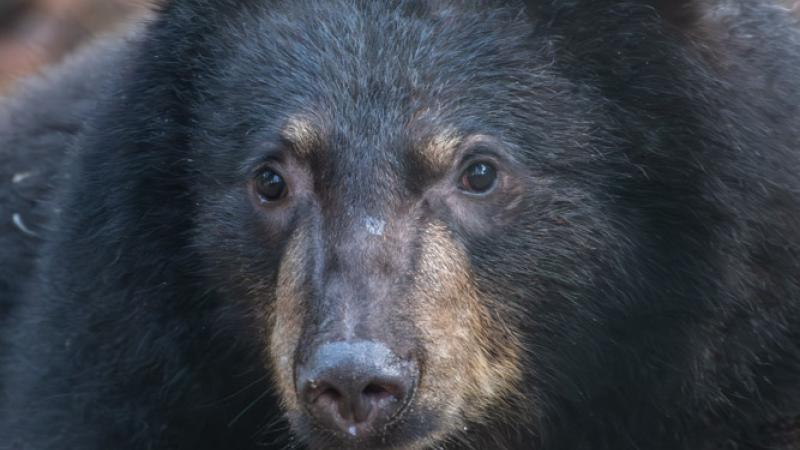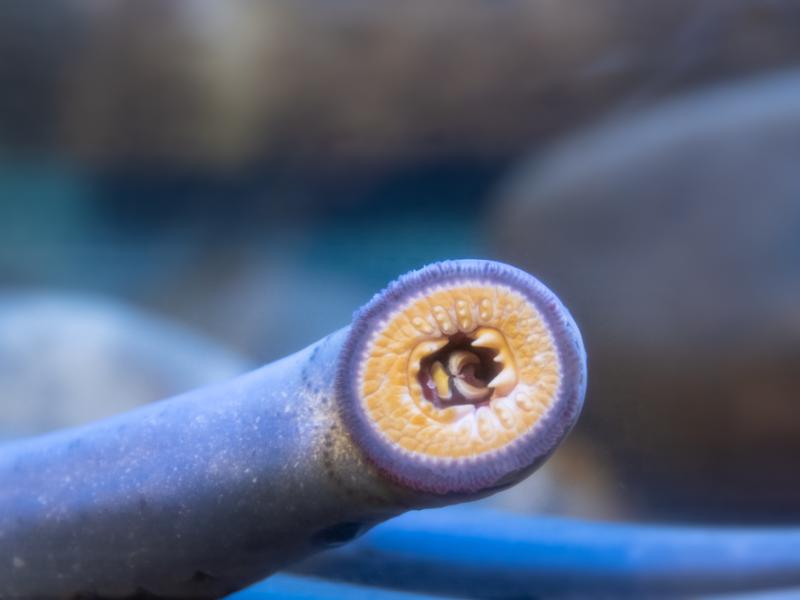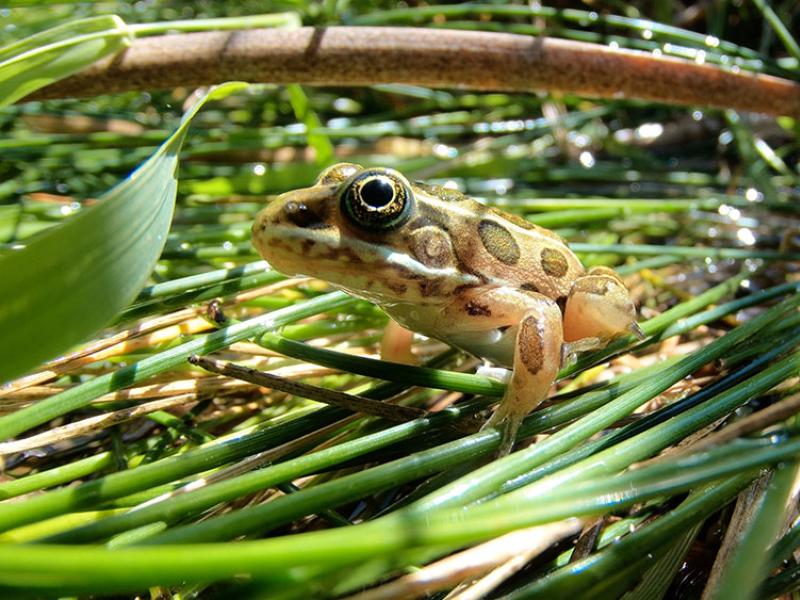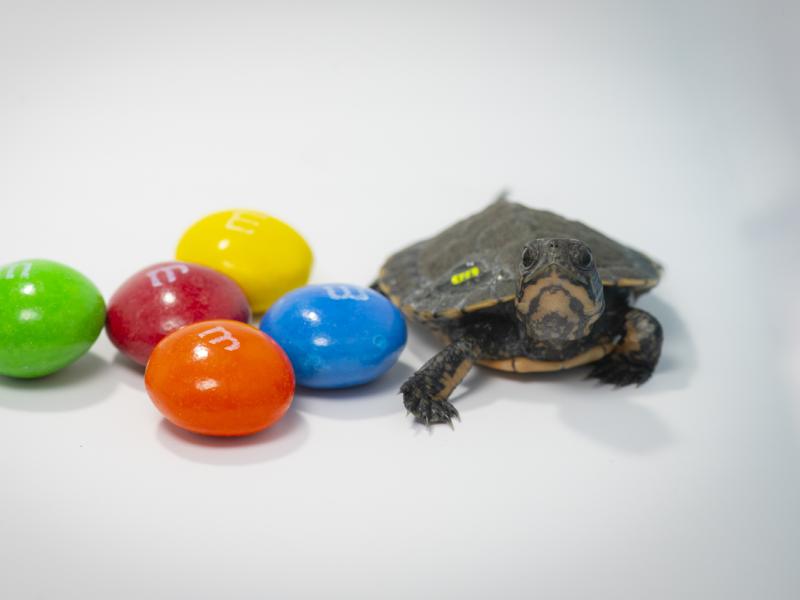Orphaned black bear cubs Timber and Thorn arrive at zoo

The Oregon Zoo’s Great Northwest area got a little fuzzier last week as Timber and Thorn, a pair of orphaned cubs, moved in. The new arrivals are settling into a small, cub-proof section of Black Bear Ridge for now before eventually joining adult bears Cubby and Dale in the full habitat.
Found wandering separately in Alaska and too young to survive on their own, both cubs were rescued by state wildlife officials and taken to the Alaska Zoo in Anchorage for care before coming to Portland.
“We’re thrilled to welcome Timber and Thorn to Oregon,” said Travis Koons, who oversees the zoo’s Great Northwest area. “They’ve been playing together and showing us their personalities already — Timber is a bit more adventurous even though Thorn is the bigger of the two.”
The North America team has named the cubs Timber and Thorn in honor of their forest home and two local soccer teams, the Portland Timbers and Thorns. Eventually the youngsters will join adult black bears Cubby and Dale, but for now they’re being cared for in a separate part of the habitat.
“Visitors may catch glimpses of the cubs now, but they don’t have access to all of Black Bear Ridge yet,” said Koons. “Once Timber and Thorn are ready, they’ll be able to venture out into the larger habitat. I have a feeling that new climbing structure is going to get a lot of use.”
Thanks to donations to the Oregon Zoo Foundation, the black bear family enjoyed a habitat remodel earlier this year that includes a custom-made bear hammock and plenty of new places to for the cubs to explore.
Oregon Zoo donors aren’t the only ones to lend their support to the cubs. Alaska Airlines covered transportation costs for Oregon Zoo care staff to travel to Anchorage and accompany Timber and Thorn on their journey south.
Once abundant in nearly all of North America’s forested regions, black bears have lost much of their former range. Populations have been bouncing back over the past two decades: 60% of U.S. and Canadian states and provinces report growing numbers, according to the International Union for Conservation of Nature, which lists the bears’ current population trend as “increasing.”
More News

Zoo welcomes 'very special group' of Pacific lamprey
Twenty five Pacific lamprey arrived at the zoo from nearby Willamette Falls.June 26, 2025

A leap forward: Endangered frogs hit survival milestone
For the first time, zoo-reared northern leopard frogs survived a winter in the wild at the Columbia National Wildlife Refuge.June 12, 2025

Tiny Endangered Turtle Hatchlings Arrive At Zoo
Seventeen northwestern pond turtle hatchlings, each about the size of a walnut, are making themshellves at home at the Oregon Zoo this summer.June 4, 2025

